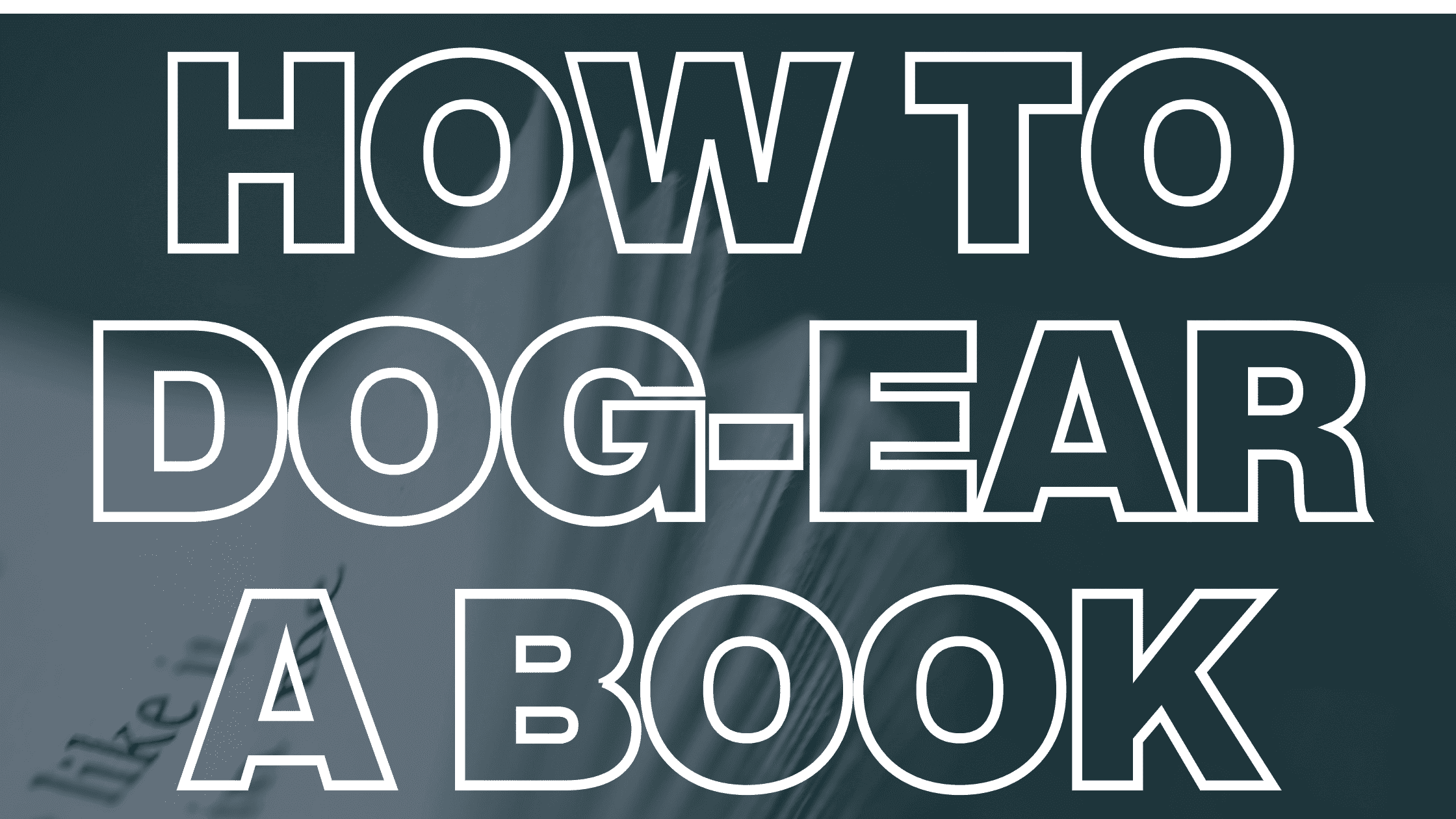
When someone dog-ears a book, they fold the corner of a page so that they can keep track of their progress. They think of it as a bookmark.
I don’t. I actually use a bookmark to mark my place in a book. Dog-earing is something I use differently. I use it to mark places where I discovered takeaways. These are things I’d like to track and make note of for future reference.
During one of my conversations on my podcast (link here), I revealed how I know where to look in books for specific things (like notes and quotes). It involves dog-earing the book in two different ways.
The first way is pretty common. I use the top corner of a page to let me know that I’ve made a note on that page that I’d like to use for reference. Maybe it’s for a podcast conversation or maybe it’s for research for something I’m writing. But by folding the upper corner of a page I know that is what I’ll find on that page.
The second way is what I use if I have quotations I’d like to cite in my writing or bring up in a conversation with a guest on the show. Those dog-eared corners are made on the lower corners of pages instead.
It’s a simple method that does the job… as most simple methods do.
I do mark up my books with pen so they show up on those dog-eared pages as well. The markings make what I’m looking for easy to find.
If you are not interested in making a book look well-worn (and well-read) then don’t follow my lead. But if you want to make the most of your paper book reading experience —especially if you are reading for research— then I encourage you to give this way I dog-ear a try.
This trick has worked for me for years. I think it can do the same for you.

